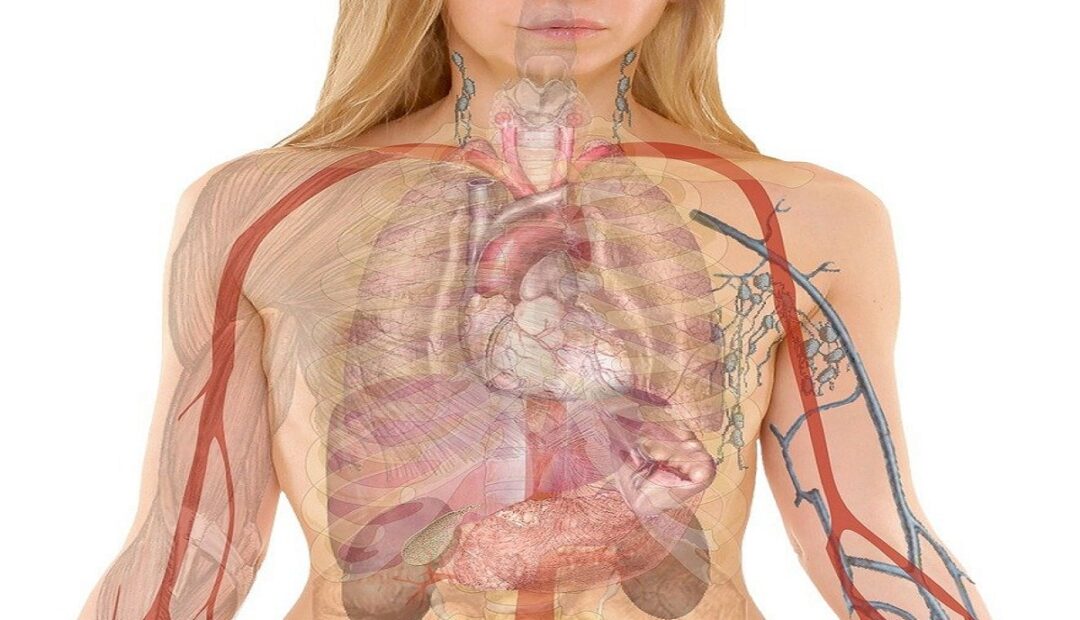Political Apathy: Fighting, Forms of Political Apathy
Fighting the political apathy Political apathy, a prevalent phenomenon in contemporary society, encapsulates the passive and disengaged attitude or, in some cases, outright refusal of citizens to actively participate in the multifaceted realm of their state’s political affairs. This widespread phenomenon manifests itself through a conspicuous absence of enthusiasm, curiosity, and eagerness when it comes […]
Political Apathy: Fighting, Forms of Political Apathy Read More »


